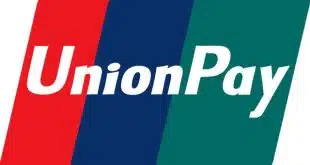Just as businesses are fast-tracking their efforts to accept digital payments as a result of the coronavirus pandemic, so too are houses of worship. Pushpay Holdings Ltd., a Redmond, Wash.-based independent sales organization, says the number of churches using its donor-management system is growing rapidly.
While churches were already adopting digital tools to help manage their operations and finances prior to the pandemic, the health crisis has speeded up that process, says Aaron Senneff, chief technology officer for Pushpay. “For churches to operate effectively, they need digital-management tools and that includes tools for giving [by church members],” Senneff says. “Back in March, a lot of churches were closed for several weeks and they began looking for digital donor-management tools.”

Pushpay, which was founded in 2013, has offered its donation app for more than five years. Church members can make a donation using a credit or debit card or via the automated clearing house.
Pushpay’s app enables members and attenders to give weekly online or via text message, or set up a recurring payment. To enable an online donation, churches can link a donation form to their Web site or social-media pages. To send a donation via text, church members type a designated number for their church and enter the amount they want to give in the text message box. Church members receive an email receipt that can include a customized message for each donation.
“We offer multiple options for giving to meet church members’ comfort level for giving digitally and remove friction from the process,” Senneff says.
In addition to its donation app, Pushpay’s donor-management system enables churches to track donations and identify top donors and new donors, as well as donors that have stopped giving. The data can be used to initiate outreach to church members, such as sending a thank you or welcome message to new donors. In the case of regular donors that have stopped giving, the church can follow up to inquire if the church member is having financial difficulties, Senneff adds.
“The data can provide indicators for outreach opportunities by church staff to stay better connected with their church members,” Senneff says. “The data is not just about identifying donor value.”




